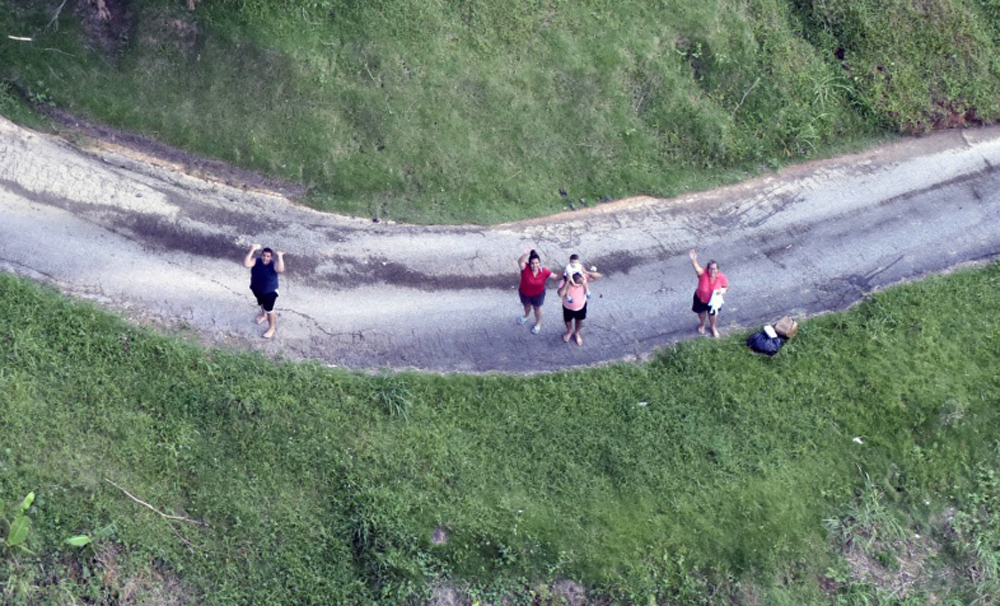Recovering now and rebuilding for the future: GRI Faculty Affiliate weighs in on Puerto Rico’s recovery | Axios

More than two weeks after Hurricane Maria ravaged Puerto Rico, much of the island remained without power or access to clean drinking water, according to a website maintained by the island’s government.
An article published by Axios posed the question: “How will the beleaguered island secure the humanitarian relief it needs now and rebuild for a more resilient future?”
Five experts weighed in, including GRI Faculty Affiliate Ozlem Ergun, a professor of mechanical and industrial engineering.
“The road forward should be thought of in two phases: recovering now, and rebuilding for the future,” Ergun writes. “The island and the emergency workers are still in the early recovery phase, clearing debris and repairing roads for accessibility and distribution of essential supplies, as well as restoring power and water infrastructures. Right now the challenge is to accomplish these activities as quickly as possible. Little consideration should be given to cost—what matters now is avoiding preventable deaths and extreme hardship.”
